Posted by Editor | Comments Off on 5 Amazing Tricks for Keeping Fruits and Vegetables at Home
5 Amazing Tricks for Keeping Fruits and Vegetables at Home
After cooking your own meals for a while, you may think that you’ve got everything figured out in the kitchen and even have a dedicated cooking section in your bookshelf – but there’s always more you can add to enrich your experience and improve your culinary skills. Here are a few tips and tricks for cooking and preparing vegetables that will completely change the way you do things in the kitchen:
1. Ripen fruits more quickly

There’s a reason why you don’t want to keep certain fruits like bananas and papayas grouped together in the same place for too long. That’s because they release ethylene gas, which can make certain fruits and vegetables spoil much faster. But that doesn’t mean you can’t use it to your advantage. In fact, to make your fruits and vegetables ripen more quickly, all you need to do is to throw the occasional banana in there and then separate them when they’re ready.
2. Re-use that pickle brine

Don’t drain that water away! Whether you made that jar of pickled vegetables yourself or bought it from the store, you can always make more than one use out of it by adding fresh vegetables in it and storing it in the fridge for a few days. For best results, you can even par-broil these vegetables before pickling them to speed things up.
3. Keep vegetables crisp for longer
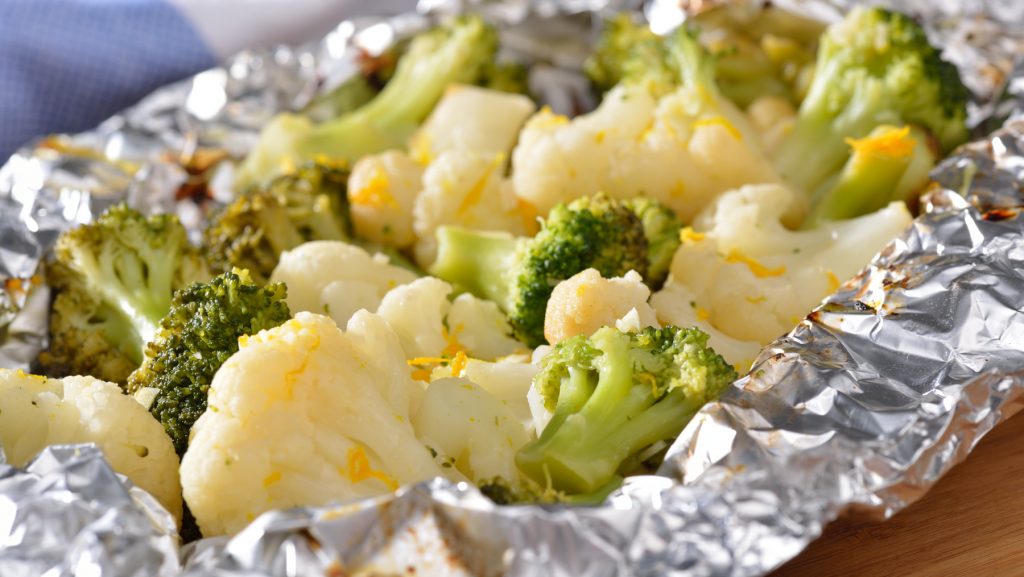
While wrapping in foil doesn’t work for all vegetables – it certainly doesn’t work for most leafy greens – using it for specific food items like broccoli and lettuce certainly helps to keep them crisp for a lot longer.
4. Slice your bell peppers in advance
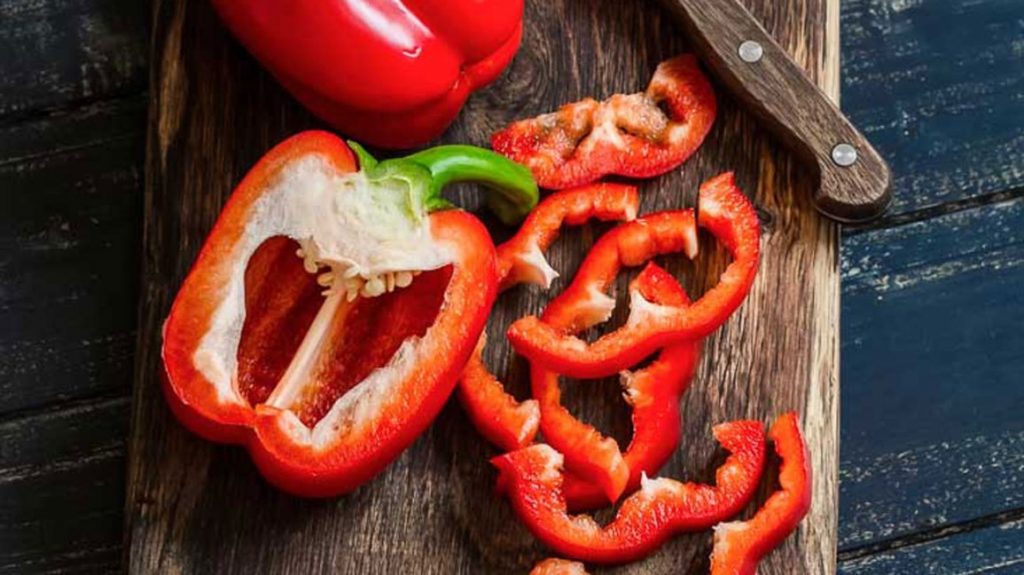
To get the most out of your bell peppers by making them last as long as possible, the best thing you can do is to simply slice them up and store them in a zip-lock bag in your refrigerator. You can also slice them a lot more easily than normally would by doing the following steps:
- Slice the top and the bottom off; save them for later.
- Cut on one side of the bell pepper lengthwise. Be sure to slice down on just the skin for this.
- Roll out the skin and slice the parts connecting the core.
- Push out the middle part of the bell pepper’s top.
- Dice the skin, including the top and bottom parts of the bell pepper.
5. Keep soft fruits from getting crushed
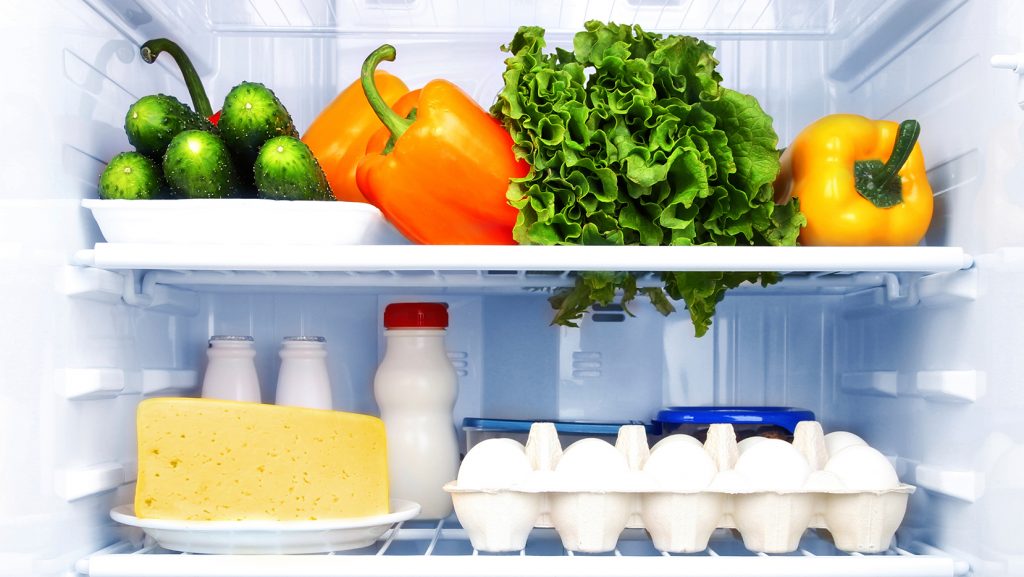
No one likes dealing with squished or saggy fruits, and the good news is you don’t have to deal with them, either. When storing fruits and vegetables in your fridge or pantry, you want to make sure to place the hardest items at the bottom, such as potatoes and cucumbers, and the softest ones, like tomatoes or mangoes, on top. This allows the weight to be evenly distributed among these various food items and keeps certain fruits plump rather than saggy.
Read MorePosted by Editor | Comments Off on What to Look For When Buying a Fridge for the First Time
What to Look For When Buying a Fridge for the First Time
Refrigerators don’t look like a lot at first, and there’s a good chance you won’t be thinking about them until you finally make the move to your new home in Singapore – only to realize that you don’t have any way of storing essentials like milk, eggs, and meat.

Today, it’s really hard to imagine living without a refrigerator because it’s so useful in keeping food fresh for longer periods of time. And like most things, there’s an art to finding the right fridge to buy. Simply keep these five things in mind and you’ll be able to pick out the right one for your daily needs:
Size
Size is perhaps the most critical aspect you can look for when buying a fridge for your home. Even though most refrigerators are designed to fit between counter spaces, there’s a good chance it might either be too big or too small for your needs. You should also remember that your fridge needs fit through all kinds of halls and doorways, since you can’t place it in your kitchen if it happens to be too big to pass through.

Energy-efficiency
Like many electricity-intensive appliances used in most homes, like a washing machine or an air-conditioner, refrigerators can rack up a huge amount in your utility bill since you need it to keep running 24/7. This is why you need to choose a unit that’s energy-efficient – not just in cutting down carbon emissions, but also in saving you a lot of money in the long run.
Unit Type
There are a few types of unit types you need to consider when buying a fridge for the first time:

- Side-by-side – This popular type has adjacent doors for the freezer and fresh food compartments, but while they have a big storage capacity, they also have the drawback of needing more reaching and bending.
- Bottom – Bottom freezers allow you to take the most used items at eye level, which makes them more convenient to have.
- Top-freezer – The standard refrigerator type is cheap, and with more recent models, they can also be efficient in both space and energy, with its only drawback being that doesn’t offer as much space.
- French-door – This version saves space with narrower doors for both the upper fridge and two separate doors for the lower freezer, but the main drawback is that the freezer is located at the bottom compartment.

Extra features
Lastly, be sure to watch out for fridges with adjustable shelves, since you’ll never know if you’ll be storing tall items. You should also take a closer look at its temperature settings. Some units have separate temperature-controlled drawers other than the freezer, and you can use them as dedicated storage areas different types of meats.
Read MorePosted by Editor | Comments Off on Five Surprising Things You Need to Know About Your Food
Five Surprising Things You Need to Know About Your Food
Everyone is eating or has eaten a certain amount of processed food at some point in their lives, and that’s because processed food is everywhere, even if it’s something as a biscuit or a cookie. You can even find that the “healthy” food isn’t as healthy as it seems. Even if you think your fridge is loaded with all-natural food options, you can bet that there are a lot of things food manufacturers don’t tell you about their products.
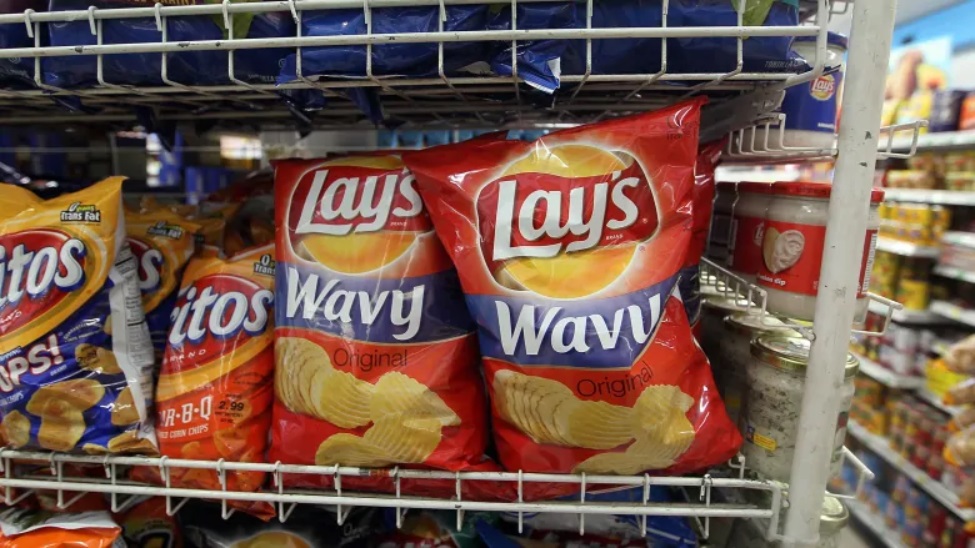
Here are a few things you seriously need to know about your food to get you started:
1. Processed foods contain more sugar than you think
While you already know that many foods you see on the grocery shelf contain a lot of sugar, you probably don’t know exactly how much – and that’s because food manufacturers can get around the label by disguising the sugar.
These are just some of the names manufacturers use to hide the sugar:
- Dextrose
- Cane crystals
- High-fructose corn syrup
- Fruit juice concentrate
2. Manufacturers also pack foods with lots of salt
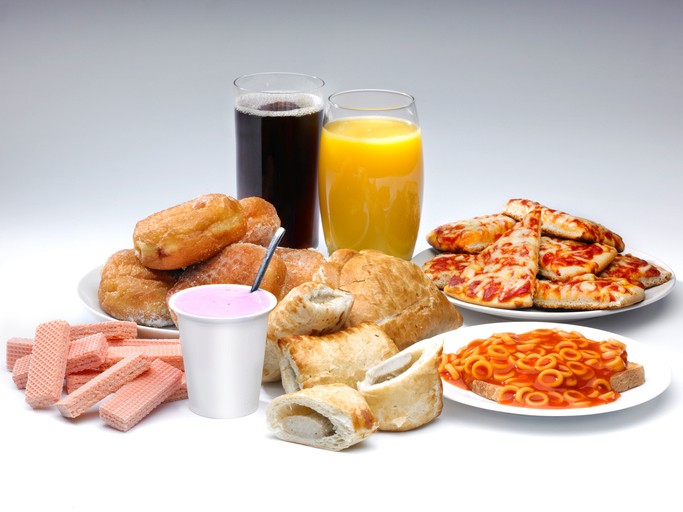
Two things food manufacturers love are sugar and salt for the same reason: they’re a cheap way to make cheap, tasteless food instantly palatable. But unlike sugar, salt is a miracle ingredient that not only serves as a seasoning, but also acts as a preservative that makes food items last longer and substitute for otherwise expensive herbs and spices.
3. Food has an ideal sound
It doesn’t seem as important now, but some foods have an “ideal” sound you need to look for ensure maximum freshness. For instance, in the case of potato chips, people tend to buy them more if they have a louder crunch. The average potato chips snaps at about two kilos of pressure for every 2.25 square inch, or which is about 12 to 14 psi.

4. “Healthy” cereal isn’t as healthy as you think
Cereal contains more sugar and carbs than you would think, and it doesn’t help that it says “multigrain” on the label. Even if the cereal is made from whole grain, much of the extra vitamins and minerals are destroyed in the process of making the cereal.
However, the good news is that you can still enjoy your bowl of healthy cereal in the morning – as long as your cereal contains less than eight grams of sugar per serving.
5. There’s no need to worry about synthetic flavoring
Ever since artificial sweeteners started to become really popular, the use of synthetic flavoring has stuck around, and it’s likely to stay in your pantry for a long time. But that synthetic vanilla extract isn’t necessarily bad for you – in fact, it’s just as good as the original.
Read More
